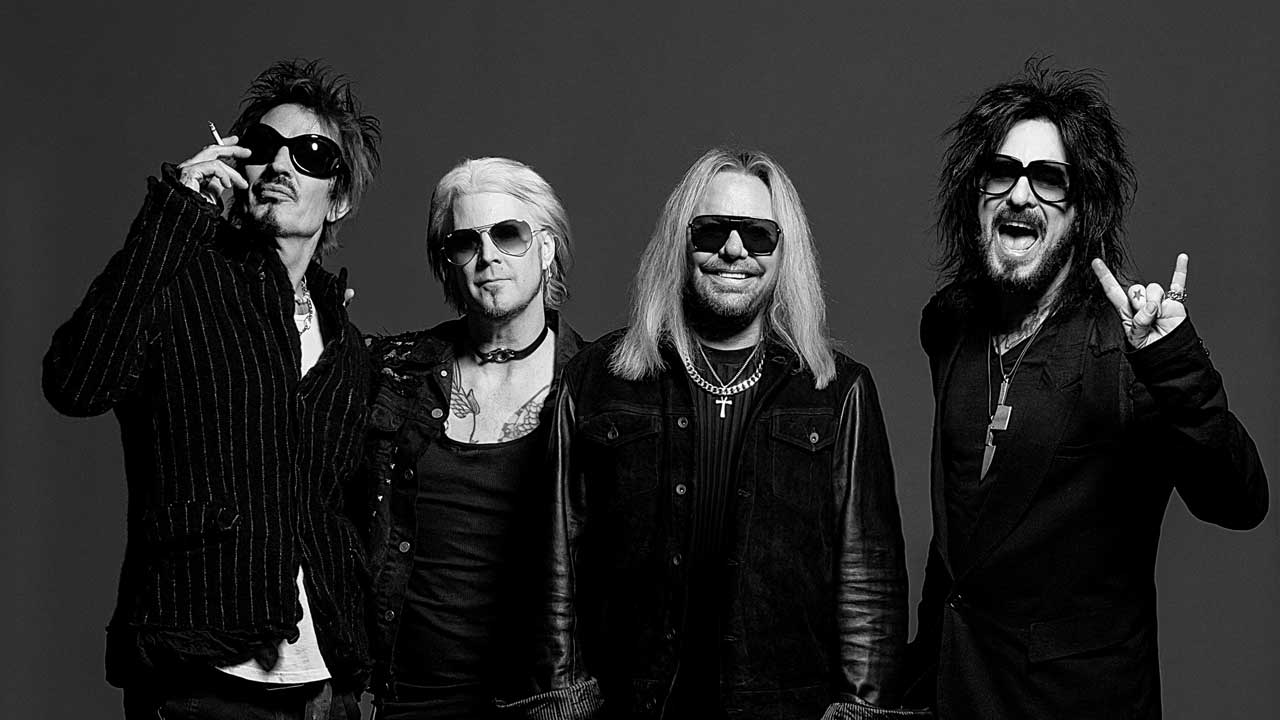“The sex session did happen. What you hear on the song is real porn action”: The debauched story of Guns N’ Roses’ Appetite For Destruction, the album that electrified 80s rock
Guns N’ Roses Appetite For Destruction is one of the greatest debut albums in history
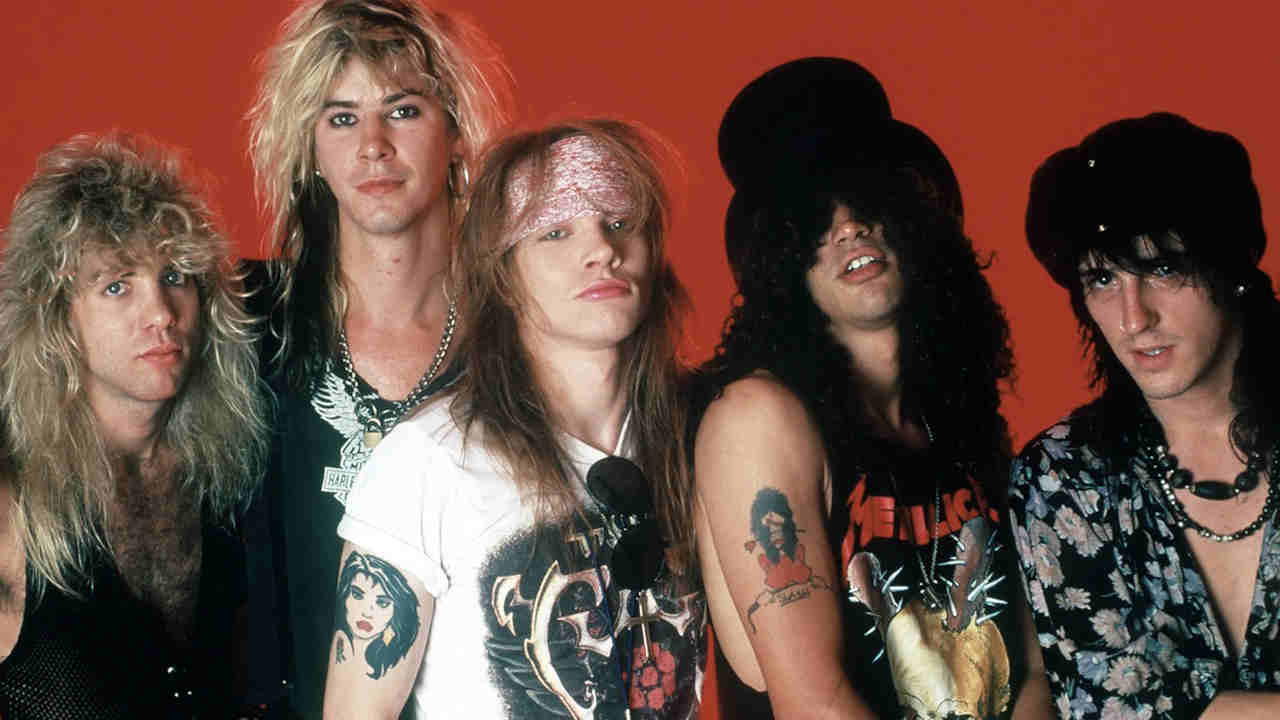
Guns N’ Roses 1987 debut album Appetite For Destruction is one of the greatest rock albums ever made – and, with 30 million sales to its name, one of the most successful. In 2008, GN’R bassist Duff McKagan looked back on the debauchery, insanity and live sex sessions that helped turn the band into megastars.

It may seem strange now, but the arrival of Guns N’ Roses’ debut didn’t exactly send tornados of anticipation across the globe.
The band had started in LA during 1985, a combination of members from Hollywood Rose (vocalist Axl Rose and rhythm guitarist Izzy Stradlin) and LA Guns (lead guitarist Tracii Guns, bassist Ole Beich and drummer Rob Gardner). Ole was quickly replaced by Seattle native Duff McKagan, and there were to be two more changes in June 1985 before GN’R stabilised.
“We booked a punk rock-style ‘Hell’ tour from LA to Seattle,” recalls Duff. “It was really gonna be a case of sleeping on people’s floors and driving around in a small van. This was partly a bonding exercise for the five of us. But Rob and Tracii got scared of leaving their comfort zone, and quit just before the first show.”
Wasting little time, the band brought in guitarist Slash and drummer Steven Adler, and by August 1986, the hottest band in Los Angeles had signed to Geffen.
“We had a lot of labels chasing us,” recalls Duff. “We chose Geffen, because we felt they’d give us total artistic control.”
Releasing the Live ?!*@ Like A Suicide EP (on their own Uzi Suicide imprint, even though it was actually owned by Geffen) just to introduce their attitude and sound to a wider audience, the band then faced the daunting task of finding a producer.
Sign up below to get the latest from Metal Hammer, plus exclusive special offers, direct to your inbox!
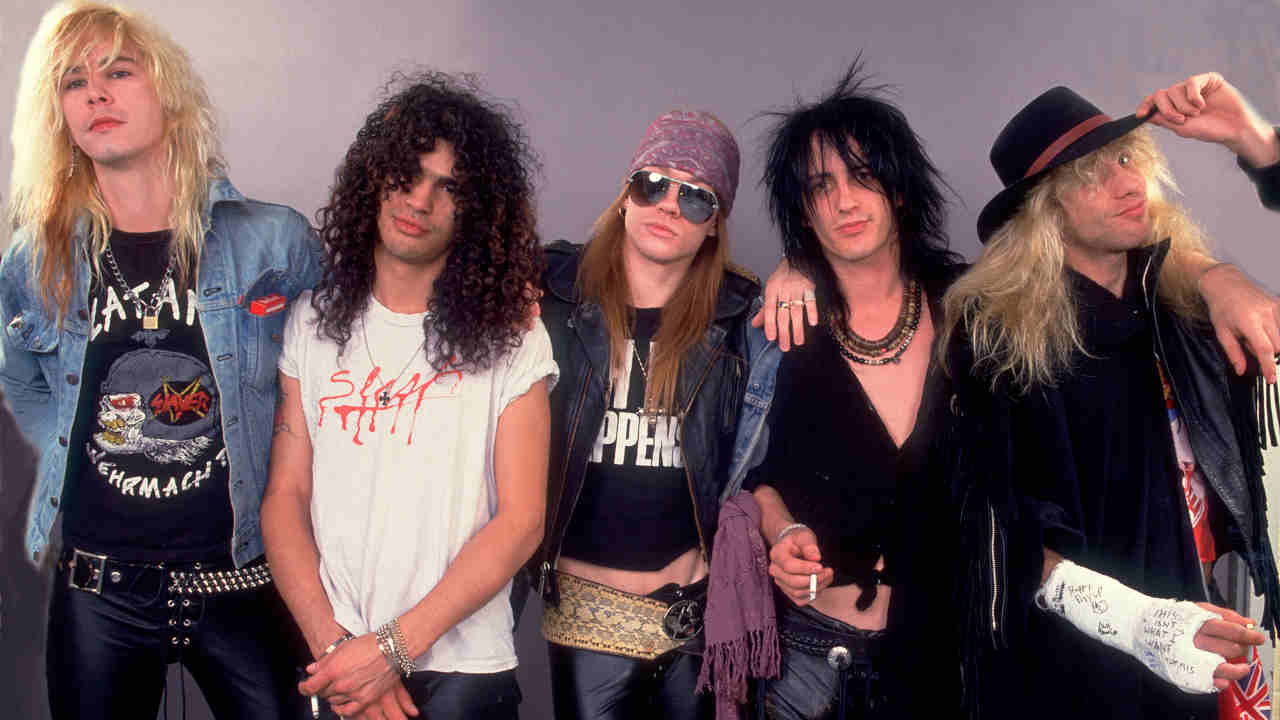
“Our first choice was Mutt Lange (AC/DC, Def Leppard),” admits Duff. “But he was too expensive. Besides, we wanted a live sound. We didn’t want loads of studio trickery. That’s why we rejected a lot of big names – these guys weren’t right for us.”
So, out went the likes of Sex Pistols collaborator Bill Price and W.A.S.P. producer Spencer Proffer. Also spurned was Kiss’s Paul Stanley.
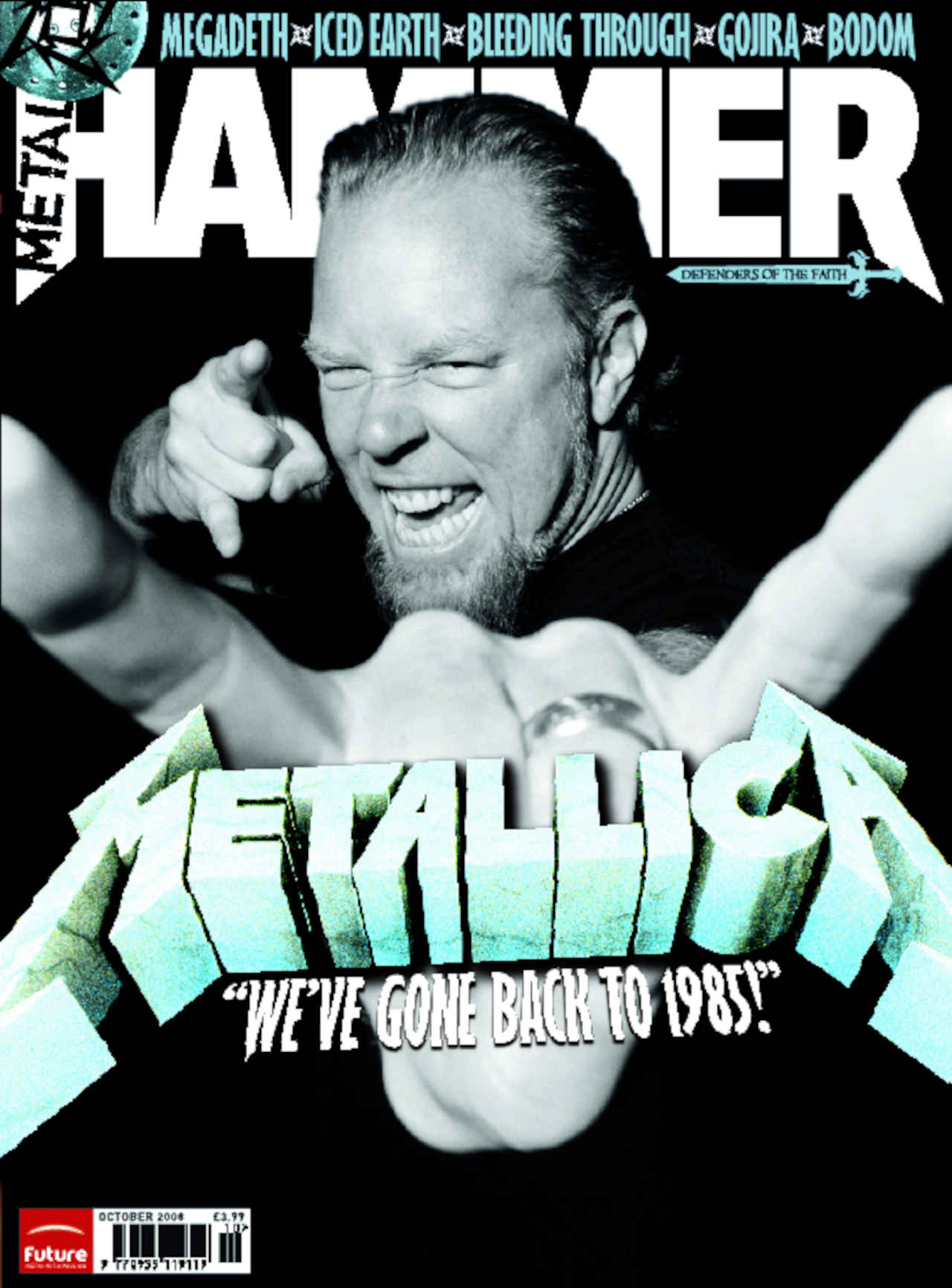
“We knew he wasn’t the right man for us when he wanted to add more and more to Steven’s drumkit. We’d just spent ages persuading Steven to cut back, now here was Paul Stanley doing the opposite!”
In the end, the choice was virtual unknown Mike Clink, who appealed because of his simplistic approach.
“He got us straight away. Mike came down to our rehearsal studio, recorded what we did on an old eight-track reel-to-reel machine, played it back and said, ‘That’s what you should sound like’ which was exactly what we wanted.”
y the start of 1987, the band and Mike were in pre-production for the album, before going into the studio the following month. They worked quickly, spending just two weeks on the basic tracks at Rumbo Studios in LA, then slipping in an extra 10 days’ further work at One On One Studios, again in LA. All told, the record took just under a month to record, costing less than $200,000. Of course, this was GN’R, so…
“Not all of that budget was used for the recording of the album,” laughs Duff. “And we did have fun along the way.”
A few months earlier, the band’s then manager, Arnold Stiefel, who also looked after Rod Stewart, had resigned after discovering that his young charges had done thousands of dollars’ worth of damage to a rented house, leaving their label in shock. They already had a reputation for debauchery and outrage, and this wasn’t to be left at the studio doors.
“When we were doing the basic recordings, not all of us were needed at the same time. So, Steven and I would be working, and Slash would get so hammered that he’d come in to jam along with us, and he was so out of tune that we’d have to cut him out of our headphones. But he’d be totally sober for his parts, and then I’d get utterly drunk.”
All of this was to pale into the mists of playful behaviour when put up against what happened during the recording of the album’s eventual closing song Rocket Queen. Axl, deciding to spice up the song, felt that what was needed was an orgasm or three in the studio. Consequently, he invited Adriana Smith, Steven’s sometime girlfriend, to One On One Studios – and proceeded to indulge in a little bit of one-on-one! Adriana was angry with Steven for allegedly cheating on her, so saw it as a chance for revenge.
“Yes, that’s all true,” reveals Duff. “The sex session did happen, and the full tapes are somewhere. So, what you hear on the song is real porn action. We recorded a load of other stuff as well, like conversations; I have no clue where these all ended up.”
A few of the songs on the record were actually about women with whom GN’R were acquainted. Rocket Queen is actually about Barbie Von Grief, a real underground scene queen. My Michelle was written about Michelle Young (whose father really was a porn distributor, while her mother had died from a heroin overdose). And then there’s Sweet Child O’Mine, which is about Axl’s future wife Erin Everly, as is Think About You.
“This was the last song written for the album,” says Duff of the former. “Neither Slash nor I wanted it on the record. It was a ballad, and we wanted to rock out. We felt it should be saved for the next album. But once we’d recorded it, the song fitted in with the whole Appetite… groove.”
All five members of the band were satisfied with what they’d recorded, but none believed it would get even close to achieving anything commercially.
“We got out of the recording sessions what we wanted. We were all on the same wavelength and believed that this album represented us in the best possible way. But did we think it could sell? No. For me, the aim was to match what the Circle Jerks could do at their height, namely sell about 40,000 copies. The idea of that many people owning this was exciting enough.”
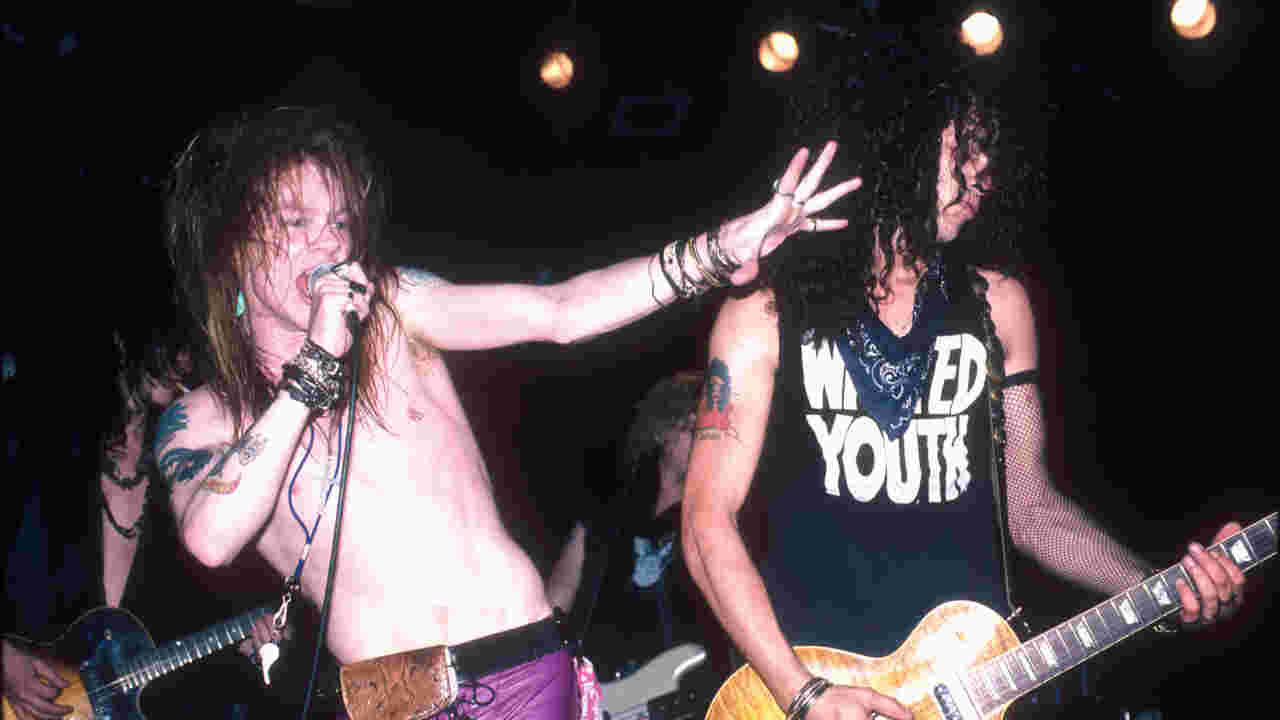
The record was released at the end of July 1987. By September of that year, it was selling well enough to break into the Top 100 in the US, as the band toured over there supporting The Cult. By Christmas with sales of 200,000 in America, the general feeling was that the album had run its course.
“We were delighted with that figure. In the US we hadn’t done amazingly, but Britain seemed to really like us [the record got to number five], and so did Japan.”
Given the underground ethic of the band and album – with songs about sleaze, depravity, drunkenness (Nightrain was an ode to a particularly cheap yet potent eponymous wine) and hard drugs (Mr Brownstone was Slash and Izzy’s ‘discussion’ about heroin) – surely nobody could have expected such a controversial band to sell any more copies? This belief was underlined by problems with the original album sleeve, a painting called ‘Appetite For Destruction’ from cult artist Robert Williams, discovered by Axl, which depicted a robot raping a woman
“We had to change the sleeve for some big shopping chains, and wondered whether that might confuse people and affect record sales,” says Duff.
So, what was the turning point in the US, the one which hurtled Appetite For Destruction up towards 20million sales? There were two. Firstly, just before Christmas 1987, an edited version of the video for Welcome To The Jungle (with a scene with Steven licking a girl’s shoulder had to be cut out) was shown by MTV in the early hours of the morning. Despite only being grudgingly screened on the graveyard shift as a favour to Geffen, the clip suddenly received a surge of support. The TV station’s switchboard was jammed with requests for a repeat showing.
If this gave Appetite For Destruction a timely boost, the release of Sweet Child O’Mine as a single sent sales roaring.
“We were on tour supporting Aerosmith in America during the summer of 1988 when Sweet Child O’Mine took off,” recalls Duff, still slightly dazed by the way his life was suddenly flipped like a card in a hurricane. “It went to number one in America and then, virtually a year to the day after its release [specifically, August 6], Appetite For Destruction was top of the US charts. The whole thing was crazy. We might have been opening for Aerosmith, but we’d have 17,000 fans every night turning up early to see us and going crazy. We’d never heard anything like it.”
But while the world seemed to be revolving around the GN’R axis, the five guys themselves were relatively unscathed and unchanged at the time.
“You have to understand, we were still earning $125 a week and living in the same squalor. We couldn’t grasp the fact that this record was selling millions. I recall getting my first royalty cheque for $80,000 and having no idea what to do with so much money!”
The album would go on to become one of the biggest selling albums of all time. It may have been made in the 1980s, but neither its gutter-level subject matter nor the raw but timeless production have aged.
“For me, 1987 was about U2’s The Joshua Tree album, which was amazing. So, I can understand how any record, even ours, can have such a huge impact on someone’s life,” concludes Duff. “Being part of this phenomenon makes me feel incredibly proud. I never take for granted what Appetite… did for so many people – especially us.”
Originally published in Metal Hammer issue 184, September 2008
Malcolm Dome had an illustrious and celebrated career which stretched back to working for Record Mirror magazine in the late 70s and Metal Fury in the early 80s before joining Kerrang! at its launch in 1981. His first book, Encyclopedia Metallica, published in 1981, may have been the inspiration for the name of a certain band formed that same year. Dome is also credited with inventing the term "thrash metal" while writing about the Anthrax song Metal Thrashing Mad in 1984. With the launch of Classic Rock magazine in 1998 he became involved with that title, sister magazine Metal Hammer, and was a contributor to Prog magazine since its inception in 2009. He died in 2021.



